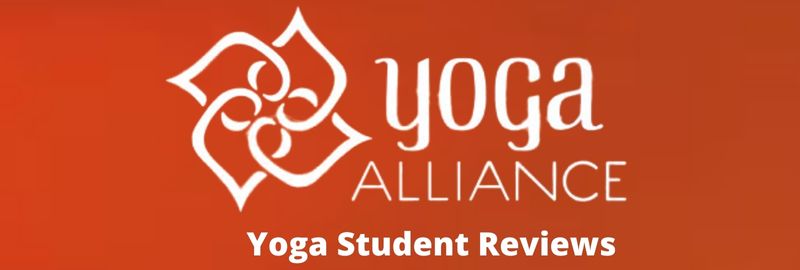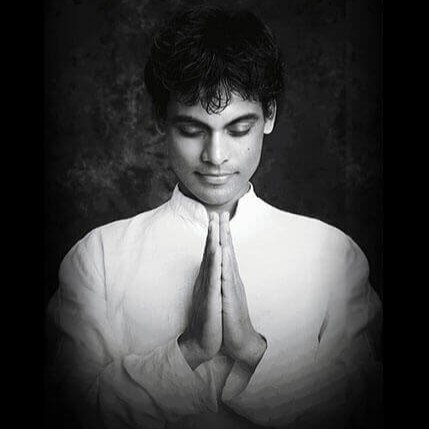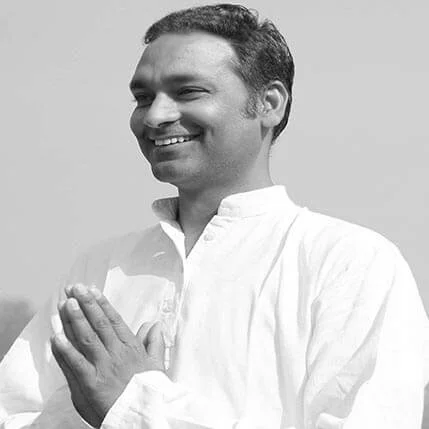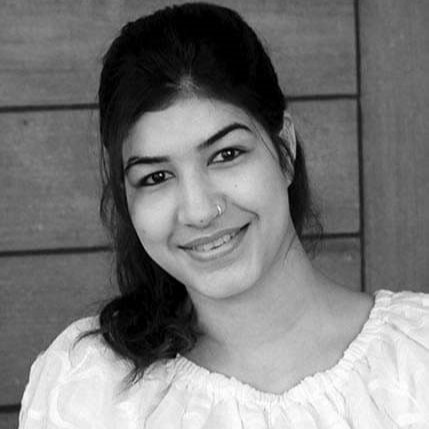Ashtanga Yoga: Mysore Style Yoga Teacher Training Courses, And Anatomy
Anatomy and physiology, as western medicine understands it, have not traditionally been a part of the Ashtanga Yoga system as it has been taught over many generations and centuries. But today, as yoga-related injuries are becoming more and more common and more people are interested in doing yoga, perhaps we need to reinvestigate the place that western science’s understanding of the musculoskeletal system has in the learning and practice of Ashtanga yoga today. This is not to say that Ashtanga teachers do not teach anatomy, as many do. Instead, it looks at how anatomy can be a potent tool in making the increasingly popular traditional Ashtanga practice safe and accessible in a modern and changing world. Sri Pattabhi Jois famously said, “Ashtanga yoga is for everyone.” Integrating anatomy into teaching will help to keep it that way.
Learn From The Source
Traditionally to learn and teach Ashtanga, one travels to Mysore for extended periods to practice with the living guru (the late Sri Pattabhi Jois or his grandson Sharath Jois) and learn directly from the source. When the guru sees that the student has sufficient understanding of the practice, they are given the authorization or, much more rarely, the certification to teach. This traditional way of learning yoga is called parampara in Sanskrit and describes the knowledge passed directly from teacher to student. This is a beautiful, classic, and essential way to learn any spiritual practice under the direct and intimate guidance of the guru, where information can be transmitted directly to the disciple.

Traditional Way Of Teaching
This method of teaching yoga has worked in India for thousands of years. And it does work very effectively if the student also conducts self-study (or svādhyāya in Sanskrit, one of Patanjali’s niyamas) outside of the practice of critical theory. Sri K. Pattabhi Jois always used to say Ashtanga is “99% practice and 1% theory”, as both will give us complete knowledge of the Ashtanga system. Of course, most learning, or experiential knowledge, comes from simply doing the practice. But that 1% theoretical understanding of philosophy, scripture, and the anatomy of the body is just as important as they help to structure the knowledge derived from the practice.
This traditional and effective learning method contrasts vastly with the modern techniques of becoming a yoga teacher, i.e., the yoga teacher training course. Students are eligible to teach yoga within a short time, sometimes even in just a few weeks. Contrary to the Mysore method of becoming a teacher, this method requires much less practice, but conversely, it often includes a lot more theory. Yoga Alliance requires that teacher training programs include a set number of hours of philosophy and anatomy lectures. Therefore modern yogis aspiring to be teachers are forced to learn about bones, muscles, joints, and how it all works together. Because of the general laxity of practice time requirement (Yoga Alliance’s requirement of 100 hours compared to Mysore’s standard of several years of practice), students in TTC courses (unless they have maintained a routine for years prior) typically learn less experientially and more theoretically.











 Send Enquiry
Send Enquiry